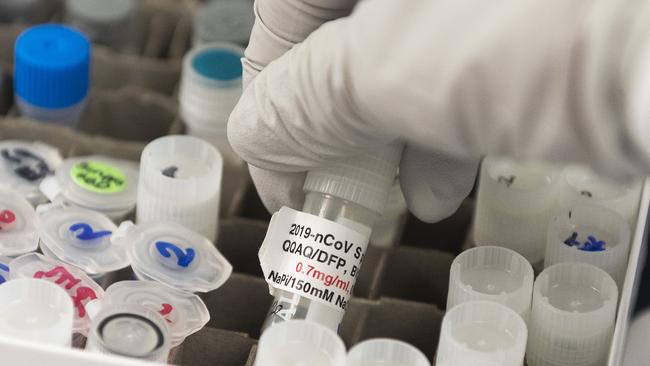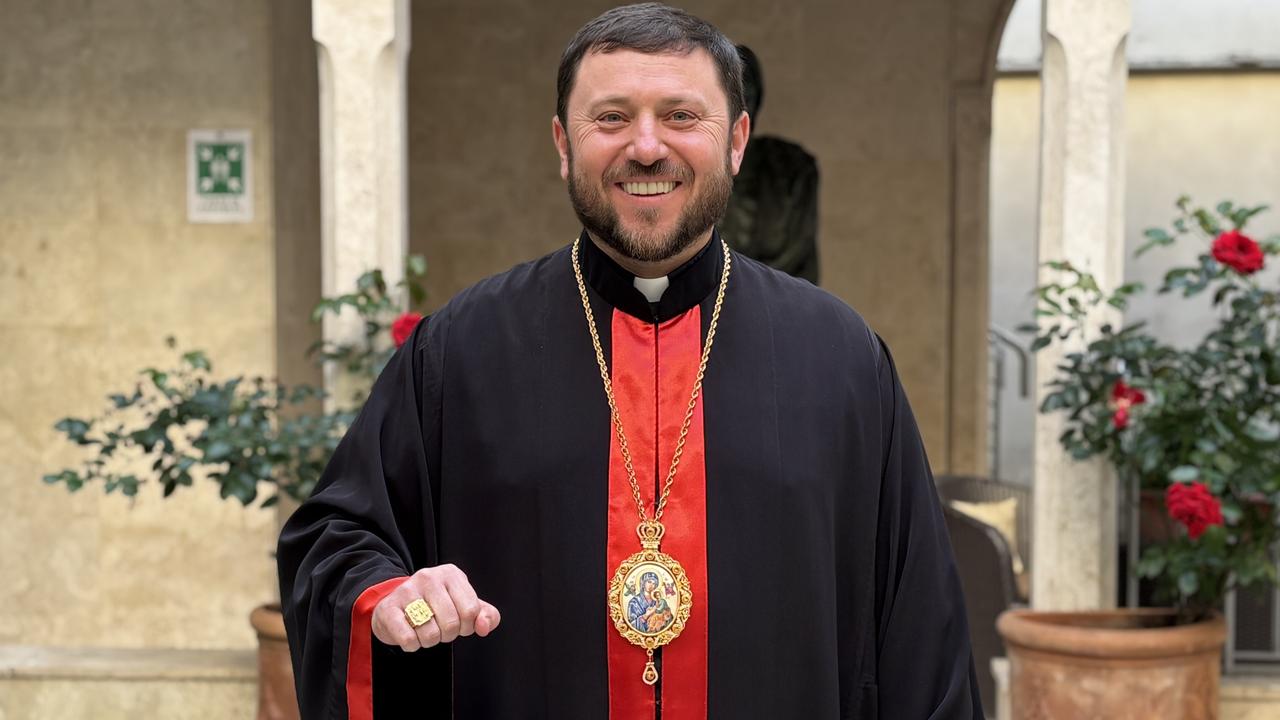Coronavirus: Rich giving vaccine to the poor makes economic sense

Because we can immunise against the disease, governments will be able to lift social-distancing measures. People will stop having to wear masks. The world’s economy will start running again at full speed.
But elimination will not happen by itself. To achieve this goal, the world first needs three things: the capacity to produce billions of vaccine doses, the funding to pay for them, and systems to deliver them.
The capacity to make vaccines
Right now, most of the world’s supply of COVID-19 vaccines is slated to go to rich countries. These nations have been making deals with pharmaceutical companies, securing the right to buy billions of doses as soon as they’re produced.
But what about low- and lower-middle income nations of the world, everywhere from South Sudan to Nicaragua to Myanmar? These nations are home to nearly half of all human beings, and they don’t have the purchasing power to make big deals with pharmaceutical companies. As things stand now, these countries will be able to cover, at most, 14 per cent of their people.
New modelling from Northeastern University helps illustrate what will happen if vaccine distribution is so unequal. The researchers there analysed two scenarios. In one, vaccines are given to countries based on their population size. Then there’s another scenario that approximates what’s happening now: 50 rich countries get the first two billion doses of vaccine. In this scenario, the virus continues to spread unchecked for four months in three quarters of the world. And almost twice as many people die.
This would be a huge moral failing. A vaccine can make COVID-19 a preventable disease, and no one should die from a preventable disease simply because the country they live in can’t afford to secure a manufacturing deal. But you don’t even have to care about fairness to see the problem with the “rich-country-only” scenario.
This is a scenario Australians know better than anybody. Your country has done a very good job at keeping case counts low. But even still the Australian economy is more depressed than it should be because your trading partners are in lockdown. And occasionally, a new carrier of the virus makes his or her way across the South Pacific, creating new clusters of the disease. Those clusters grow and spread. Schools and offices are shut down again.
Even with an oversupply of vaccine, wealthy nations risk reinfection in this way because not everybody will choose to be vaccinated. The only way to eliminate the threat of this disease somewhere is to eliminate it everywhere.
The best way to close this vaccine gap is not by shaming rich countries. They are doing something perfectly understandable — trying to protect their people. Instead, we need to vastly increase the world’s vaccine manufacturing capacity. This way, we can cover everyone no matter where they live.
Remarkable progress has already been made on this front when it comes to therapeutics. Pharmaceutical companies have agreed expand drug-making capacity by using each other’s factories. Remdesivir, for example, was created by Gilead, but extra quantities will now be produced in Pfizer factories. No company had ever allowed its factories to used by a competitor in this way, and now we’re seeing similar co-operation when it comes to vaccines.
Last week 16 pharmaceutical companies and our foundation signed an important agreement. Among other things, the companies agreed to co-operate on vaccine manufacturing and to scale-up production at an unprecedented speed, ensuring that approved vaccines are broadly distributed as early as possible.
The funding to pay for vaccines
In addition to the manufacturing capacity to make them, we also need the funding to pay for billions of vaccine doses for poorer nations. This is where the ACT Accelerator can help. It’s an initiative supported by organisations like Gavi and the Global Fund. Not many people have heard of them, but they have spent two decades becoming experts in the task of financing vaccines, drugs and diagnostics.
Pharmaceutical companies have made the financing easier, forgoing profits on any COVID-19 vaccine and agreeing to make them as affordably as possible. But public funding is needed, too.
Britain is a good model for what other wealthy nations should do. It has donated enough money for the Accelerator to procure, probably, hundreds of millions of vaccine doses for poor countries. Similarly the Australian government has already promised $80m for doses, including for your neighbours in the Pacific and South East Asia. I hope other nations are as generous.
The system to deliver vaccines
Finally, even when the world has the manufacturing capacity and funding lined up, we’ll need to strengthen health systems — the workers and infrastructure that can actually deliver vaccines to people around the world.
There’s a lot of be learned from the ongoing effort to eradicate polio. One of the most famous photos of the polio eradication effort in India was of a line of health workers. They were carrying vaccine coolers over their heads as they waded through waist-deep floodwaters to reach a remote village. Spotting COVID-19 cases in the poorest parts of the world will take a similar network of primary health workers — one that can reach places where even roads can’t. With good diagnostics, these workers can also sound the alarm if another disease jumps from a bat — or bird — to a human.
In other words, in eliminating COVID-19, we can also build the system that will help reduce the damage of the next pandemic.
One thing I’ve learned studying pandemics is that they create a surprising dynamic when it comes to self-interest and altruism: Pandemics are rare cases where a country’s instinct to help itself is tightly aligned with its instinct to help others. The self-interested thing and the altruistic thing — making sure poor nations have access to vaccines — are one and the same.
Bill Gate is the co-chair of the Bill & Melinda Gates Foundation



The world is on the brink of a scientific achievement: A safe, effective COVID-19 vaccine will likely be ready by early next year. In fact, there will probably be more than one vaccine available. This is the development that will finally give the world the chance to eliminate the threat of the pandemic — and return to normal.